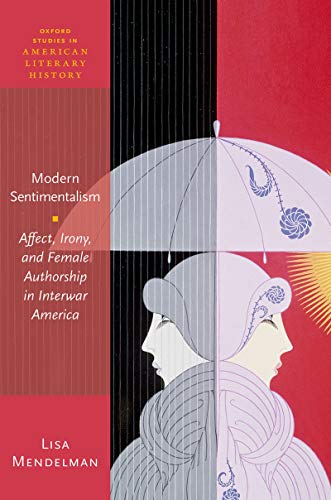 Few passages in a narrative are as cringe-inducing for both writer and reader as the notorious sex scene. But it doesn’t have to be that way. A well-written sex scene can add to the sensory vividness and emotional depth of a story without crossing into the gratuitous. If details are too sparse, the reader will feel that something is missing. On the other hand, overly graphic descriptions may come off as excessive and try-hard, weighing down the work rather than allowing it to soar. But if the writer achieves the right balance, the sex scene becomes an essential component of the work, lifting it to new heights of lyricism, catharsis, and, yes, titillation. In our dinner meeting on February 10, Lisa Mendelman will show us how to achieve this exquisite balance in the writing of a sex scene.
Few passages in a narrative are as cringe-inducing for both writer and reader as the notorious sex scene. But it doesn’t have to be that way. A well-written sex scene can add to the sensory vividness and emotional depth of a story without crossing into the gratuitous. If details are too sparse, the reader will feel that something is missing. On the other hand, overly graphic descriptions may come off as excessive and try-hard, weighing down the work rather than allowing it to soar. But if the writer achieves the right balance, the sex scene becomes an essential component of the work, lifting it to new heights of lyricism, catharsis, and, yes, titillation. In our dinner meeting on February 10, Lisa Mendelman will show us how to achieve this exquisite balance in the writing of a sex scene.
Lisa Mendelman is an Assistant Professor of English at Menlo College. She holds a PhD in English from UCLA and BA and MA degrees from Stanford University. She researches and teaches at the intersections of science and affect in American literature since 1865. Her first book, Modern Sentimentalism (Oxford UP, 2019), chronicles the emotional history of the modern woman and the corollary reinvention of sentimentalism in US interwar fiction. Additional and ongoing research interests include digital humanities, the history of mental health, and visual and material culture.
An educator and a writer for over a decade, Lisa teaches courses on topics ranging from modernist literature and the American bildungsroman to sex in popular culture. Her writing has been published in such venues as American Literary History, Modernism/modernity, Arizona Quarterly, and Modern Fiction Studies.

